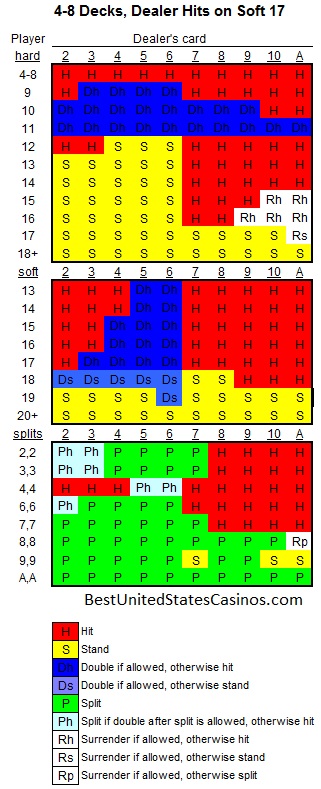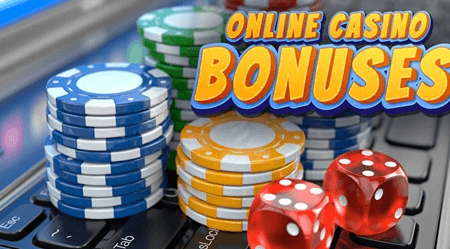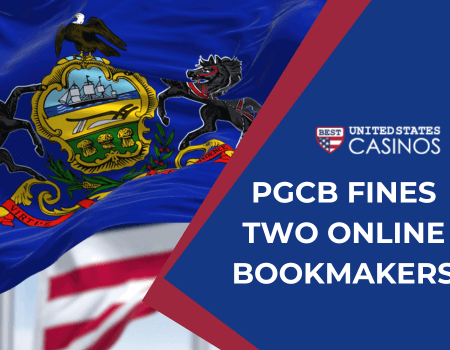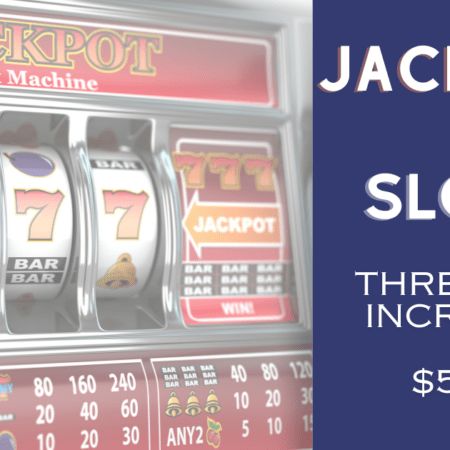Blackjack, a timeless casino favorite, may appear daunting due to its brisk pace and demand for astute decision-making, particularly for newcomers and those accustomed to slot machines and automated games. However, once you grasp the game’s fundamentals and the underlying mathematics, it becomes an accessible and enjoyable pursuit. If you’re venturing into the blackjack world, rest assured that it’s less intricate than it may seem. We’ve compiled some valuable tips to assist you in becoming proficient at it. Explore our Blackjack Cheat Sheet and elevate your chances of success.

Understanding the Basics of Blackjack
In the blackjack game, the objective is simple: your hand must come as close to 21 as possible without exceeding it, and your primary adversary is the dealer. While other players may be at the table, your competition solely revolves around the dealer.
To initiate the game, the first step is to place a bet, essentially wagering that you can achieve a hand closer to 21 than the dealer without surpassing that threshold. Subsequently, the dealer will distribute two cards to each player, including themselves. However, one of the dealer’s cards remains concealed, leaving you uncertain about the number you must surpass.
During each round, you will assess the value of your cards and make decisions accordingly. You can request an additional card to enhance your hand, a move known as “hitting.” Alternatively, if you believe your hand is already closer to 21 than the dealer’s, you can opt to place a bet on your current hand, a strategy referred to as “staying.” Notably, all cards are equivalent to their displayed number, while face cards—jacks, queens, and kings—are uniformly valued at 10. Conversely, aces can uniquely represent either 1 or 11 in value.
Blackjack Cheat Sheet
The true challenge in blackjack lies in whether to request another card, indicated by the phrase “hit me.” This choice hinges on probability, a variable that can fluctuate depending on the number of card decks employed by the casino. Most establishments employ a standard six-deck configuration.
Determining when to “hit” or “stay” involves intricate mathematical calculations, which can be daunting for those without an MIT-level background and potentially diminish the game’s enjoyment. Fortunately, resourceful individuals have crafted a practical blackjack cheat sheet to assist in determining the optimal course based on your current hand’s total:
- Generally, if your total is 11 or lower, it’s advisable to “hit.”
- For 12, “hit” when the dealer presents a 2, 3, or a card exceeding 6; otherwise, “stay.”
- With a total between 13 and 16, opt to “hit” when the dealer reveals a 7 or higher. However, if the dealer exhibits a 6 or lower when your total ranges from 13 to 16, it’s preferable to “stay.”
- Once your hand attains 17 or higher, the wisest choice is to consistently “stay.”
It’s important to note that this blackjack cheat sheet serves as a simplified guide. The game can become more intricate due to variables such as the dual value of aces (1 or 11) when you or the dealer holds one. Additionally, doubling down (doubling your original bet and committing to stay after receiving one more card) or splitting (dividing your initial pair into two separate hands) can introduce further complexity to your strategy.
How to Handle Aces in Blackjack?
Aces are crucial in blackjack, and here’s a concise cheat sheet to guide you:
- Two Aces: Always split them.
- Ace with 2 or 3: Double down if the dealer shows 5 or 6; otherwise, hit.
- Ace with 4 or 5: Double down against the dealer’s 4-6; hit otherwise.
- Ace with 6: Double down if the dealer has 3-6; hit for a dealer’s 2 or higher.
- Ace with 7: Double down when the dealer shows 3-6; stay for 2, 7, or 8; hit for anything above 8.
- Ace with 8 or higher: Always stay. The dream hand: Ace with a face card or 10.
How to Handle Pairs in Blackjack?
Approaching pairs in blackjack requires strategic thinking. Here’s a concise guide:
· Pair of 2s or 3s: Split when the dealer presents 4-7; otherwise, hit.
· Pair of 4s: Never split, regardless of the dealer’s card.
· Pair of 5s: Avoid splitting. Double down if the dealer shows 9 or less; hit for 10 or higher.
· Pair of 6s: Split against a dealer’s 3-6; hit otherwise.
· Pair of 7s: Split if the dealer has 7 or lower; hit for higher cards.
· Pair of 8s: Always split.
· Pair of 9s: Split against a dealer’s 2-6 or 8-9; stay for 7 or higher.
· Pair of 10-value cards (10s, jacks, queens, kings): Always stay; you’re close to 21, making the dealer’s win highly unlikely.
Blackjack Cheat Sheet Conclusion
In conclusion, blackjack offers a blend of simplicity and complexity that appeals to casino enthusiasts. It’s a game where strategic decisions can significantly impact your chances of success. While the provided cheat sheet serves as an excellent starting point, remember that blackjack’s intricacies extend beyond these guidelines. As you delve deeper into the game, you’ll uncover its nuances and strategies, enhancing your overall experience. Embrace the challenge, study the subtleties, and enjoy the dynamic world of blackjack.

I hold the prestigious role of Head of Content at Best United States Casinos, where I lead the charge in content creation and strategy. Fueled by my profound passion for casinos and backed by years of industry experience, I am a powerhouse of knowledge. My dedication shines through in my mission to craft captivating and informative content that resonates with casino enthusiasts across the globe. Whether it’s uncovering the latest trends or diving into the nuances of gameplay, I am committed to delivering top-notch content that keeps audiences engaged and informed.








